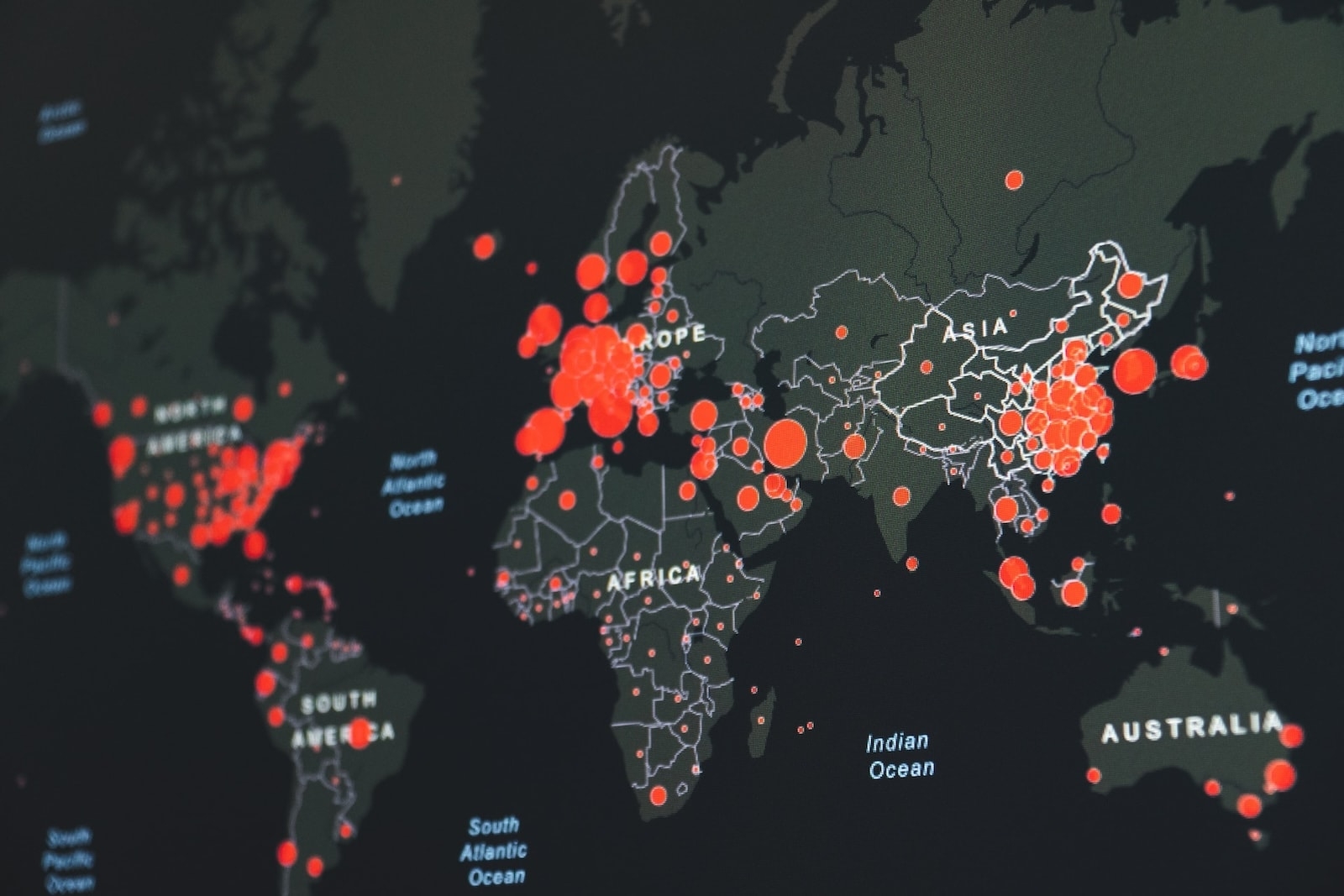Radha Suvarna, chief growth and product officer at Finastra, tells Open Banking Expo about the emerging trends in cross-border payments, and its collaboration with Visa Direct, as well as the Open Banking payments use cases that excite him.
1. Can you set the scene for cross-border payments today? What trends are we seeing?
We have observed the evolution and growth of cross-border payments. Growth quantitatively, but also qualitatively in the kind of use cases emerging. The newer high-volume, low-value cross-border use cases are driven by some macroeconomic changes. Those changes are increasing cross-border trading relationships, not only for corporates and middle market, but we’re also starting to see that in small business segments, which is increasing the volumes and reducing the value of the payment itself. That’s one macro trend.
The second trend that we are seeing is the evolution and needs of the gig economy and, ultimately, cross-border payments in that space.
Number three is in the remittance space, given that the remittance volume continues to increase.
At the client expectation level, also, there are increased expectations. Clients are no longer happy with cross-border payments taking two or three days. There’s an expectation of speed, near instantaneousness, and transparency. Clients are asking, ‘where is my money? What is the exact amount the recipient is going to get?’ which hasn’t been the case before.
These trends are forcing the ecosystem to come up with other alternatives, and the existing platforms to upgrade.
2. Based on these trends, how does Finastra work with Visa Direct to address current challenges?
Swift works very well for many cross-border use cases and will continue to do so, and they are upgrading their capabilities as well. But, alternative players, like Visa Direct, are simplifying correspondent banking relationships and providing an out-of-the-box solution for low-value payments. It’s faster, in many cases it’s instant and there is transparency in terms of the amount and the cost. There is also flexibility in terms of what sort of recipient account the money can go into. Visa has created Visa Direct, and we are seeing interest in this service from our bank clients as a complement to Swift.
Visa and Finastra came together in building the necessary connectivity and integration between Visa Direct and Payments 2 Go, our SaaS-based Payment Hub product. And Finastra reached a milestone recently, becoming the first certified distribution partner on Visa Direct.

Finastra’s Radha Suvarna
3. What are the benefits of this collaboration?
There are benefits for all three parties involved. First and foremost, for the end clients, it makes it really easy because Visa Direct will be another payment rail, in addition to Swift, that we offer as part of our product. We offer domestic low-value payments, we provide Swift payments, we provide immediate payments and Visa is another option. So, the total cost of ownership is lower, and speed-to-market faster. This is the benefit for our bank clients, so that they can deliver better value for their customers.
Finastra’s focus is on adding value to our clients. By delivering this, I think we can deepen our relationships with our bank clients.
For Visa, they get increased distribution of their service, bringing it to where it is consumed in a true sense of embedded finance. It’s a win-win proposition for everybody. There is significant interest, particularly among mid-size banks.
4. What is Finastra’s cloud open development platform? How does the technology work and how is it being used specifically in this use case?
Fusionfabric.cloud is our Open Banking platform to drive innovation for our clients and bring the best of what third-party partners outside of Finastra have to offer. We are in the business of delivering the best solutions to our clients. We have best-in-class payment hubs with various rails, we have financial messaging products. But to the extent our clients need surround capabilities, like alternate cross-border capabilities, and Compliance-as-a-Service, we don’t need to build all of that ourselves.
That is where Fusionfabric.cloud comes in. Think of it as a gateway connectivity for third-party partners, fintechs, and Big Tech to connect to and we will connect internally to our various payment products. It’s a cloud-based platform. All the banks will get to benefit from these connections.
In a simplistic way, that is the value we want to bring to clients. It drives speed to market for our banking clients, it reduces the total cost of ownership for them and, most importantly, it drives innovation. The key to driving better value to the end clients is to test and try, fail fast and iterate – and this is the platform that is enabling us to do that.
5. Are there any Open Banking payments use cases that particularly excite you and, if so, why?
From Finastra’s perspective, and my own personal philosophy, any innovation has to be centred around client value.
A good example is our Compliance-as-a-Service offering where we partner with FinCom and ThetaRay. The way I would think about it is that we want to bring the financial services products from where they are manufactured, seamlessly, to where they are consumed.
We have 8,000-plus clients, predominantly banks and some non-banks on Finastra’s platforms across lending, payments, universal banking, treasury and capital markets. How can we bring best-of-breed solutions to those 8,000 clients? We become the glue and the enabler.










